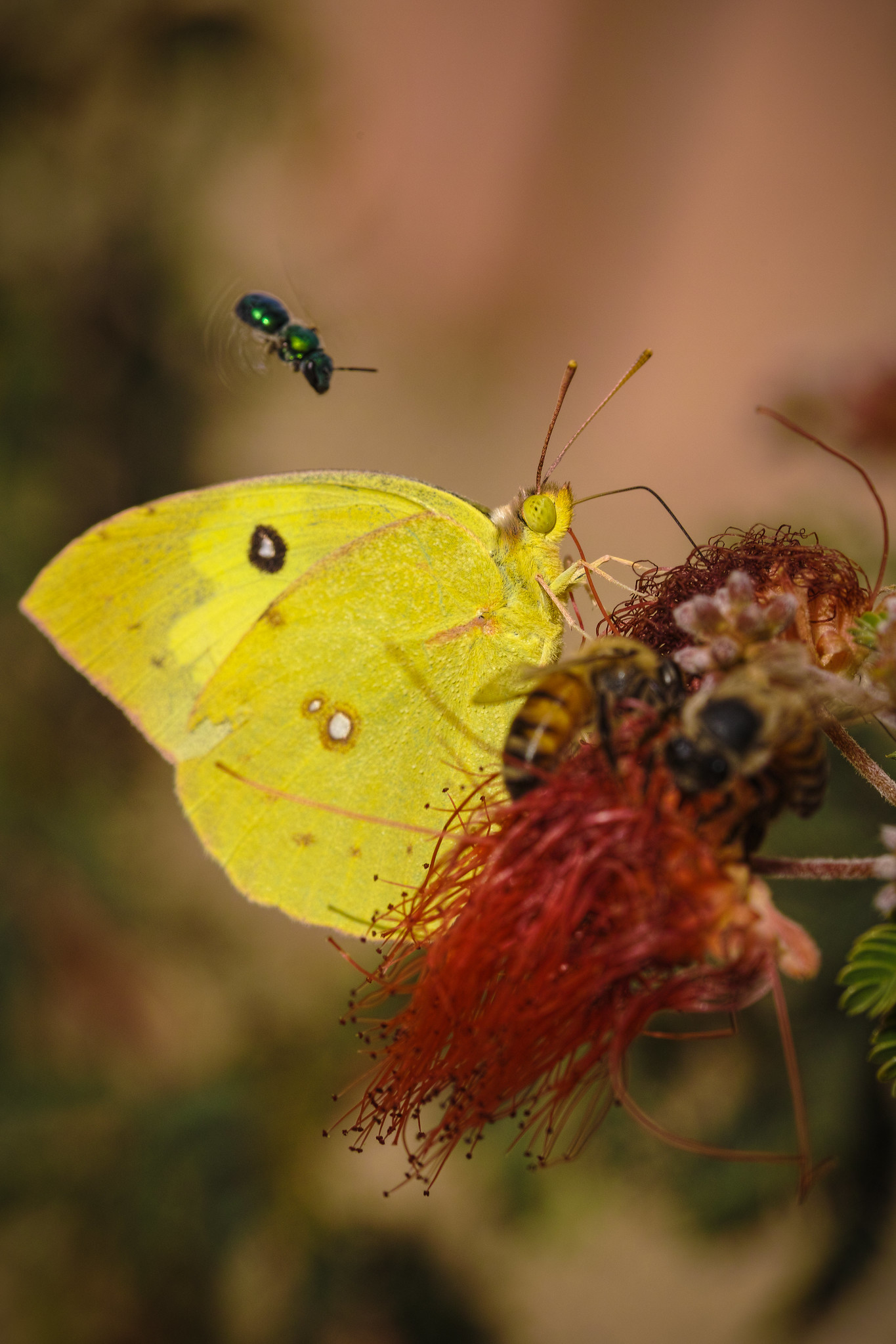2012 California Road Trip
Part 11
Saint Xavier del Bac Mission
The next stop on our road trip was at the Saint Xavier del Bac Mission that is just south of Tucson, AZ. The following is a brief history of the Mission.
A
National Historic Landmark, San Xavier Mission was founded as a
Catholic mission by Father Eusebio Kino in 1692. Construction of the
current church began in 1783 and was completed in 1797.
The mission is referred to as "The White Dove of the Dessert' and from the photo below you can understand that name: The mission structure is currently being refurbished on the exterior and is mostly completed, except for the right tower.
The facade of the front of the building shows remarkable examples of 18th century architecture. The stone front is inlaid with hand sculptured figures of saints that protect the mission.
This is a close up of one of the figures which shows some weathering, remains in pretty good shape for a piece that is over 200 years old.
This photo shows part of the back area of the mission that has a nice running water fountain and open area that has a view of the Sonora mountains in the background.
There are numerous plants and cacti on the grounds that were in bloom in mid-November. Also lots of bees and butterflies hovering around the plants. In the photo below, a bee seems to be attacking a butterfly. I turns out they were both going after the same flower and there was enough room for both to enjoy the plant.












No comments:
Post a Comment